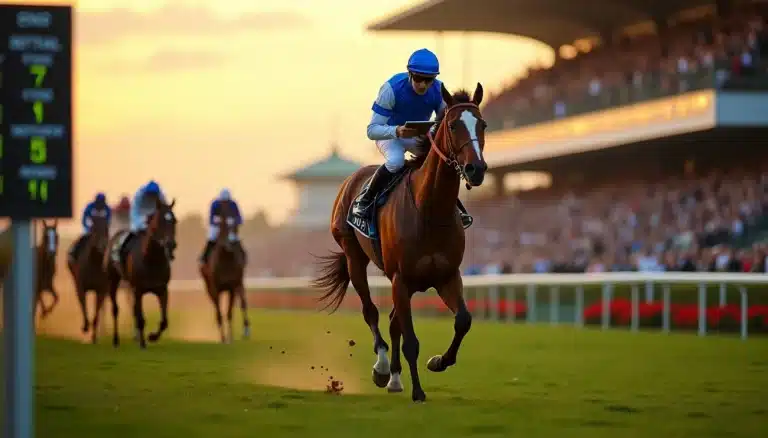How to Rank Betting Tipsters…In the cold light of day, a bet is ‘good’ when it wins and ‘bad’ when it loses.
Of course, that’s not always the case, and we know that best tipsters can be unlucky with a selection, i.e. their horse falls at the last when clear, or their football team concedes a last-minute own goal equaliser.
The ‘bad beats’ are still beats at the end of the day, and so in theory the only measure of a tipster – you might think – is how profitable they are in the long term. And, naturally, that certainly helps.
But for those betting on horse racing, there are other measures of success to consider than simply whether a bet wins or not. How often does a tipster beat the closing line? What is their ROI? What is their yield? If that all sounds like gobbledegook, don’t worry because all will be revealed in this article.
Think of it like this: you can follow the horse racing tips of an individual for a week or maybe a month, and at the end of that period you will either be up or down. But you need to know more about the tipster’s modus operandi and their longer-term numbers before you can make any snap judgements on their ability.
Here are some ideas to consider:
Calculating ROI
In the world of investing, those who pump their cash into the stock market or an asset are largely concerned with one metric – return on investment, or ROI for short.
This is a percentage return on all of the bets placed within a given time frame, and put simply marks how successful a tipster is – a negative ROI is bad for obvious reasons, while a figure of around 5-10%, over a substantial period of time, really is an outstanding effort.
So, if we place a bet of £10 at evens and our selection wins, our profit from the pick is £10 – therefore our ROI is 100%, because we have doubled our initial investment.
ROI is a useful calculation because it allows us to compare the performance of all manner of tipsters. Some will look for a high yield by backing a large number of odds-on favourites, whereas others will be selective and only back long-odds shots they consider to be value. ROI lets us contrast how those diverse tipsters perform on an equal footing.
The Strike Rate
The concept of ROI is useful because it reveals how much we can expect to return on our investment over a period of time – but, as we know, the tipster profit curve is not a straight line, and in its peaks and troughs said ROI will fluctuate accordingly.
Read Between The Lines Review: https://t.co/MsKVEwFnXM #HorseRacingTips #tipster
— Tipster Reviews 🏇🏻⚽ (@tipsterreviews) September 22, 2021
So we can also consider strike rate as a useful tool for measuring tipster success. This is simply how often a tipster wins, and this can be an excellent marker if you stake in a responsible fashion.
A high strike rate, matched by a level staking plan, can be a very effective strategy as opposed to a high strike rate and madcap staking plan, in which losses where bets are placed above the baseline amount will eat into any profitability that the winning punter provides.
Closing Line Value
We’ll offer just a few words on closing line value, because it’s a myth that tipsters that consistently beat the line are always profitable – that simply isn’t true.
Sir Alex Ferguson believes Cristiano Ronaldo should have started Man Utd’s game with Everton, saying his absence provided them with a boost as they claimed a 1-1 draw.
— Sky Sports News (@SkySportsNews) October 5, 2021
As you know, betting odds move based upon the weight of money wagered – a steamer, to coin a phrase, is a selection whose odds shorten dramatically. Think about a football game where a big player is left out of the starting line-up.
If you consistently beat the line, then you have the weight of money on your side – the logic, therefore, is that you are a smart punter if you consistently do this.
By the same token, a tipster should be considered a shrewd judge when they also beat the line repeatedly – but, remember, that is not a guarantee of winning bets to follow.
But if you are looking to find a tipster to shadow for the long term, these three measures are a good guide of what to look for.



